Gamification is the new buzzword in the human capital training and development. As its name suggests, gamification exploits game concepts, thinking and mechanics in enterprise context to engage participants in solving problems, learning skills, or executing tasks. Application of gamification can also be extended to recruitment and assessment of job candidates.
Gamification has long been known in team building context, but less in other enterprise applications. However, recent developments in the domain of occupational psychology have illustrated that employee engagement is the primary driver of productivity. Not surprisingly, everyone was born with a natural skill to play, and playing continues to make people tick. Even the most sceptical people, and we have met many of them during our workshops, eventually submit to their primitive interest in enjoyment of playing.
The photo featured in this article was shot during on our strategy development workshop were Lego Serious Play methodology and kit were used. We have used Lego bricks to engage workshop participants, attach intangible concepts, such as company values, to memorable and tangible outfits, spark innovation, and dissolve communication barriers to develop something as complex as a corporate strategy.
Gamification can also be conducted using physical activities, board games, or computer simulations, since requirements for gamification are simple: rules, goals, structure, and finally a real life application. This is why there is no wonder new games are developed every day to deal with new business challenges, and that gamification is the modern organizational learning and development concept, as opposed to the sit-back-and-be-told approach.
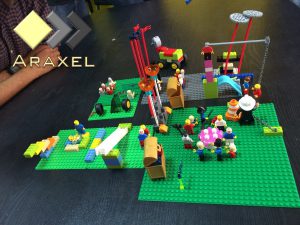


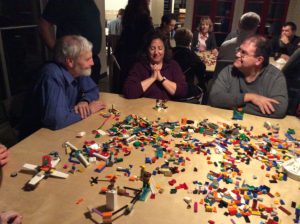

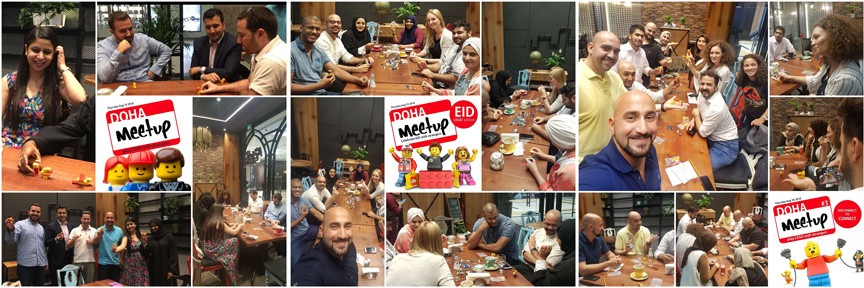
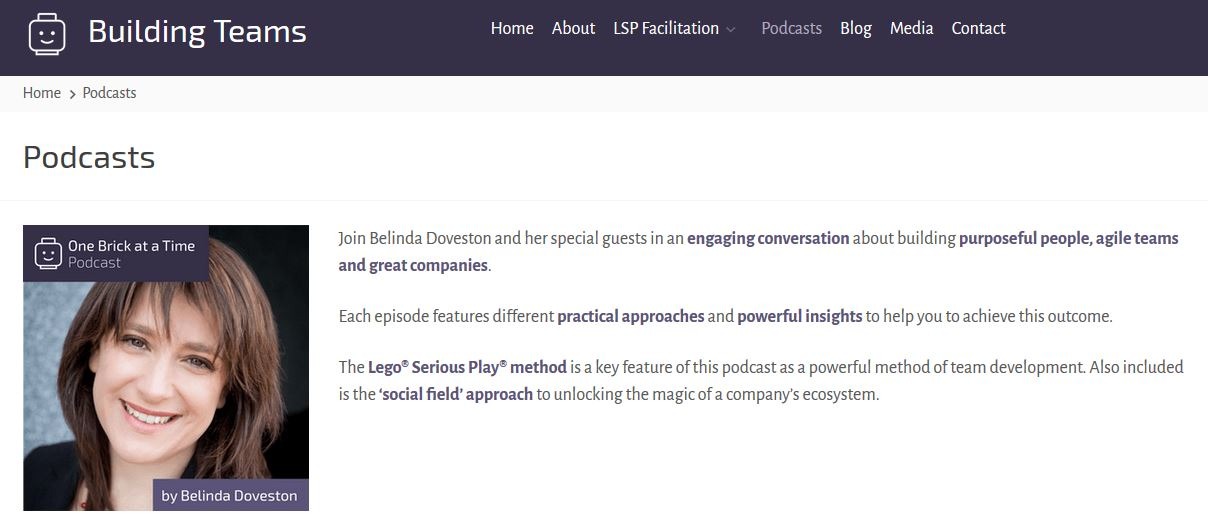
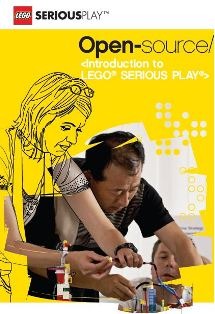

 Become a LEGO Serious Play facilitator - check one of the upcoming training events!
Become a LEGO Serious Play facilitator - check one of the upcoming training events!